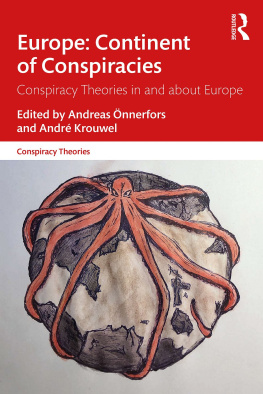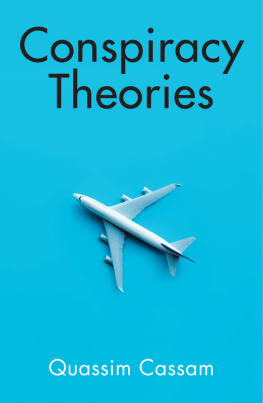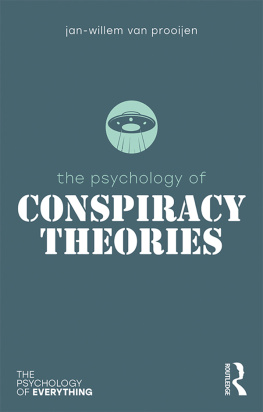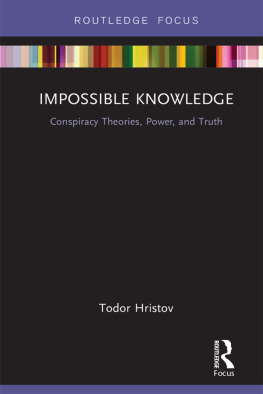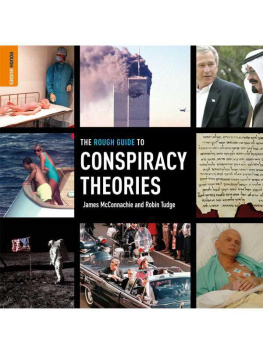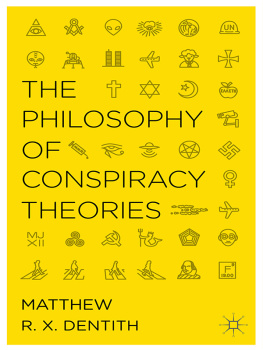Published in 2020 by New York Times Educational Publishing in association with The Rosen Publishing Group, Inc. 29 East 21st Street, New York, NY 10010
Contains material from The New York Times and is reprinted by permission. Copyright 2020 The New York Times. All rights reserved.
Rosen Publishing materials copyright 2020 The Rosen Publishing Group, Inc. All rights reserved. Distributed exclusively by Rosen Publishing.
First Edition
The New York Times
Alex Ward: Editorial Director, Book Development
Phyllis Collazo: Photo Rights/Permissions Editor
Heidi Giovine: Administrative Manager
Rosen Publishing
Megan Kellerman: Managing Editor
Julia Bosson: Editor
Greg Tucker: Creative Director
Brian Garvey: Art Director
Cataloging-in-Publication Data
Names: New York Times Company.
Title: Conspiracy theories: real, imagined and manufactured / edited by the New York Times editorial staff.
Description: New York : New York Times Educational Publishing, 2020. | Series: In the headlines | Includes glossary and index.
Identifiers: ISBN 9781642822120 (library bound) | ISBN 9781642822113 (pbk.) | ISBN 9781642822137 (ebook) Subjects: LCSH: Conspiracy theoriesJuvenile literature.
Classification: LCC HV6275.C663 2020 | DDC 001.9dc23
Manufactured in the United States of America
On the cover:President John F. Kennedy and First Lady Jackie Kennedy smile at the crowds lining their motorcade route in Dallas, Tex., on Nov. 22, 1963. Minutes later, the President was assassinated as his car passed through Dealey Plaza; Bettmann/ Getty Images.
Introduction
IN DECEMBER 2016 , a man armed with a rifle broke into a Washington, D.C., pizzeria and announced that he was there to investigate rumors of a child sex ring with ties to Hillary Clinton. The story, known as Pizzagate, was a conspiracy theory circulated by fringe websites on the right that originated in a close reading of the campaign emails released by WikiLeaks earlier in the year. Although the rumor had been quickly debunked by experts, the firing of shots inside the pizza shop turned national attention to the story and the community that had promoted it. Conspiracy theories, which have been present in American society since the founding of the republic, have become a part of contemporary political life.
In contemporary American society, conspiracy theories frequently surround the lives of the countrys most powerful political figures and rise in the wake of national tragedies. Theorists comb through police reports, F.B.I. records and home-video footage looking for incongruities, seeking evidence that could suggest ulterior narratives. The logic of these conspiracies is sometimes compelling, sometimes ludicrous, but it always finds an audience. The Internet has provided a platform to conspiracy enthusiasts of all stripes, offering spaces for theorists to connect and tools to dissect potential clues. However, along with the growth of online conspiracy communities, some theories have made their way out from the recesses of message boards and into the mainstream.
Perhaps no event during the 20th century resulted in more conspiracy theories than the assassination of President John F. Kennedy. In the more than 50 years since he was shot in a motorcade in Dallas, dozens of rumors have circulated, suggesting a wide variety of complicated evidence and potential intrigue. From ballistics analysis to a closely dissected video, believers have examined and re-examined the evidence, seeing possibilities of Mafia connections, a Cuban plot or even an inside job. When the F.B.I. declassified many of the files relating to their investigation in 2017, curiosity was renewed, although proof of conspiracy was scant.
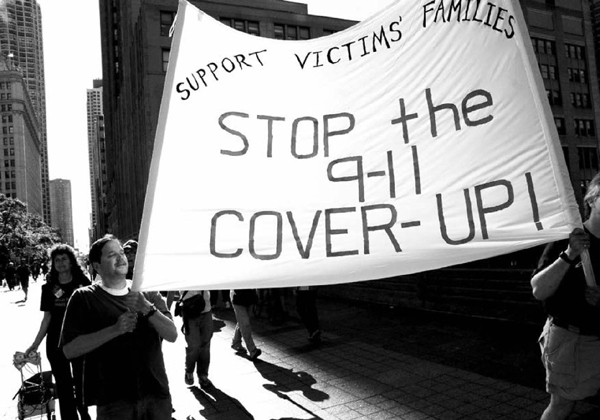
Marchers were among the 500 conspiracy theorists at a two-day Chicago convention in early June 2006 calling for what they considered 9/11 truth.
The events of Sept. 11, 2001, inspired similar debates. Some far left groups saw the attack on the World Trade Center as a possible impetus for war, while other theorists analyzed the pattern of explosions and the structure of the buildings, suggesting that the buildings could not have fallen on their own with outside explosives. In a movement that became known as the truther movement, 9/11 conspiracy theorists pointed to signs of controlled demolitions, occasionally making headlines through protests and incendiary documentaries.
In recent years, however, conspiracies have begun to more broadly impact mainstream political discourse. The individual most responsible for this might be Alex Jones of Infowars, a media company known for spreading a variety of far-right conspiracy theories. In recent years, Jones has gained notoriety for calling into question the validity of mass shootings, suggesting survivors and family members were paid actors in a leftist plot for gun control. In 2018, his targeting of Sandy Hook family members earned him his first prohibition from YouTube, Facebook and Twitter, a watershed moment in the Internets censuring of conspiracies.
One of Joness listeners is President Donald J. Trump, who, during his time in office, has promoted stories that have been firmly debunked by experts. Before his election, Trump vocally endorsed a theory that President Obama was born in Kenya, which would have invalidated his candidacy for presidency. Known as birtherism, the movement repeatedly called for Obama to present his birth certificate, and continued well after Obama presented it.
The challenge that conspiracy theories pose to media companies such as The New York Times is immense. News organizations must decide how to cover these conspiracies, analyzing them without giving them credence or expanding their platform. In the articles collected here, journalists cover the spread of conspiracy theories as well as their consequences, navigating the line between truth, theory, belief and falsehood.
CHAPTER 1
Who Shot J.F.K.?
Any discussion of American conspiracy theories must begin with the J.F.K. assassination. On Nov. 22, 1963, President John F. Kennedy was shot as he rode in a motorcade in Dallas. Although experts have concluded that the gunman, Lee Harvey Oswald, acted alone, there were enough peculiarities to inspire a breadth of conspiracy theories, from rumors of a second gunman to hints of Mafia connections. In 2017, President Trump ordered the declassification of a trove of F.B.I. documents regarding the assassination, opening the door to renewed speculation.
28 Years After Kennedys Assassination, Conspiracy Theories Refuse to Die
BY CLIFFORD KRAUSS | JAN. 5, 1992
NEARLY THREE DECADES after the assassination of President John F. Kennedy, the film director Oliver Stone has revitalized an American obsession with conspiracies.
Mr. Stones movie J.F.K. liberally mixes fiction with fact, and some have dismissed it as an outrageous distortion of history. But the monstrous web of political, government and corporate interests that the film portrays as being behind the killing does reflect widely held suspicions that more than a single gunman was responsible for the slaying.
Public opinion polls taken over the last several years have shown that fewer than one-third of the American people accept the findings of the Warren Commission that Lee Harvey Oswald acted alone. Unanswered questions about the investigations and the disposition of certain evidence, like autopsy notes that were burned, have only fed the doubts.

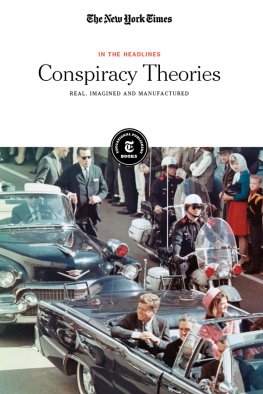

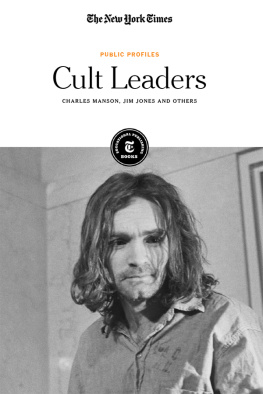
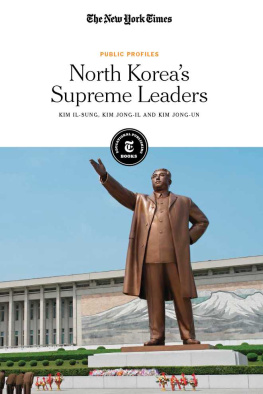
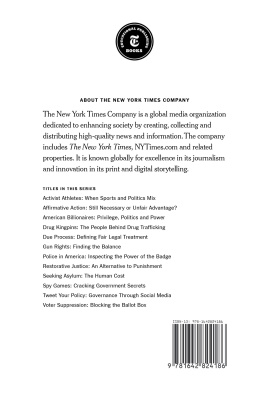

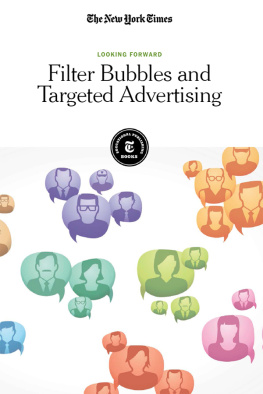

![Christopher R. Fee - Conspiracies and Conspiracy Theories in American History [2 Volumes]](/uploads/posts/book/429085/thumbs/christopher-r-fee-conspiracies-and-conspiracy.jpg)
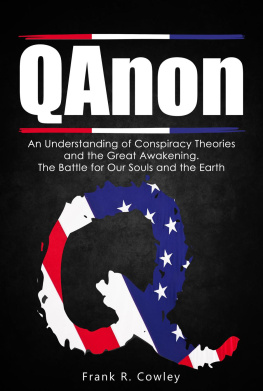
![Monte Cook - The Skeptics Guide to Conspiracies: From the Knights Templar to the JFK Assassination: Uncovering the [Real] Truth Behind the Worlds Most Controversial Conspiracy Theories](/uploads/posts/book/346601/thumbs/monte-cook-the-skeptic-s-guide-to-conspiracies.jpg)
